February Sees Surge of Democrats Saying They Like Biden’s Economy
The surveys of consumer sentiment increasingly reflect partisan political views

The surveys of consumer sentiment increasingly reflect partisan political views

Monetary policy may be a dead end. Perhaps it’s time to start looking elsewhere for what is really driving inflation and growth.
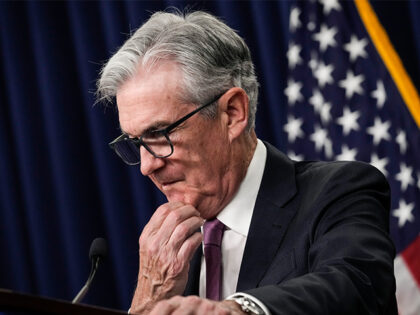
Warren claims, without evidence and contrary to the views of most economists, that rents are rising because of Fed rate hikes.
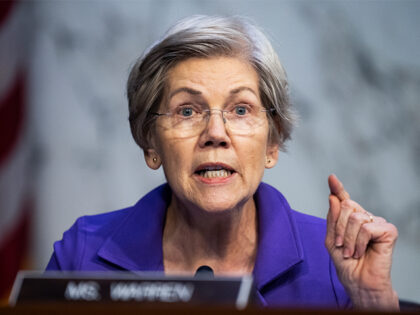
The economy appears to be able to operate at a high rate of growth with interest rates that would have been seen as highly restrictive in the pre-pandemic era.
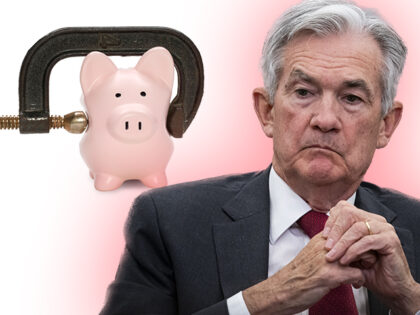
The latest sign that the economy does not need a rate cut from the Fed.
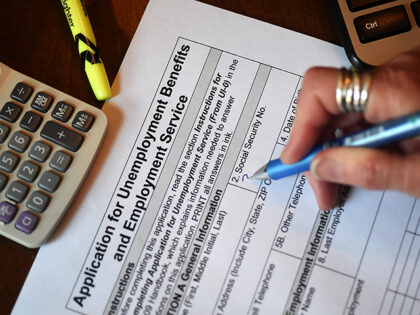
So, what does it sound like when doves cry?

Credit card borrowing grew far less than expected in December.

Fed officials continue to push back against the market’s forecast for an aggressive cutting cycle this year.
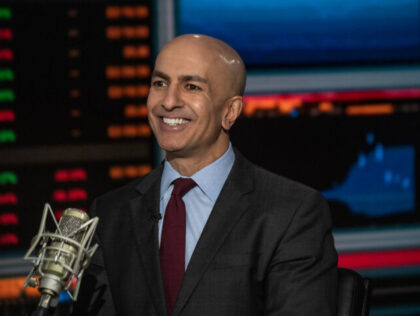
The most underpriced risk in financial markets right now is a rate hike from the Federal Reserve.
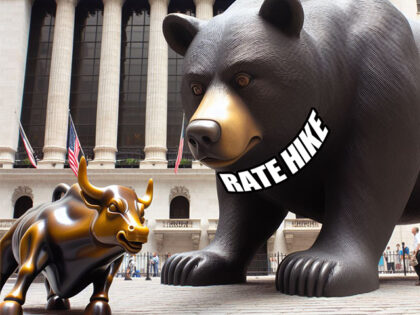
Bidenflation has been a one-two punch to U.S. consumers, hitting them first on prices of goods and second on the cost of debt that financed their purchases.

The Bond Market Is Like a Dog Walking on Two Legs We have it on the authority of James Boswell that in the summer of 1763 Samuel Johnson said that “a woman’s preaching is like a dog’s walking on his
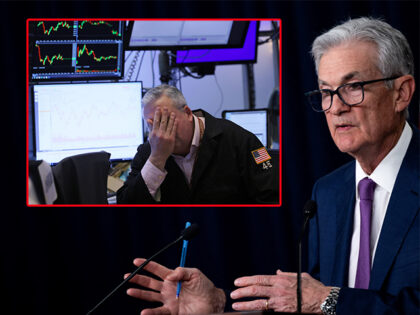
Federal Reserve Chair Jerome Powell admitted that he was wrong to expect inflation would be transitory when it started to rise three years ago. Powell said that “in the fourth quarter of ’21, it became clear that inflation was not
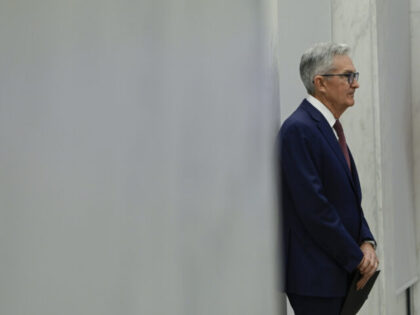
Fed officials doubt accelerating growth is compatible with inflation falling to their target.
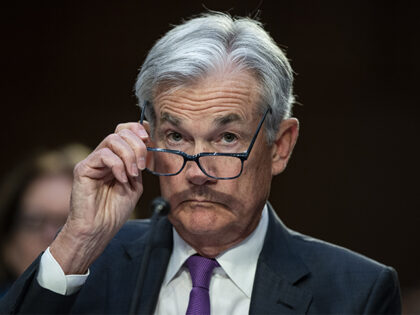
The much-better-than-expected jobs data for January demonstrates that the Federal Reserve was absolutely right this week to rule out a March rate cut. Even a May rate cut now looks unlikely.
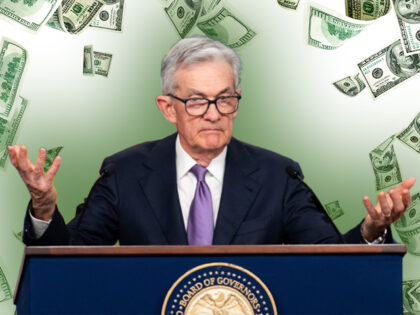
Economists had forecast 185,000 jobs and a slight rise in unemployment to 3.8 percent.
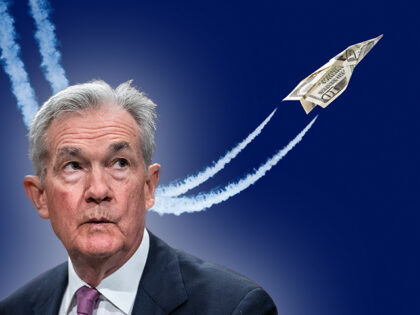
Jerome Powell’s No Cut Thunderbolt Groucho Marx famously said he would not join any club that would have him. What happens, however, when the club joins you? We have been arguing since early December that economic growth was too strong

Despite the rise, jobless claims remain below historical averages.

The Fed Fights Back The Federal Reserve delivered a shock on Wednesday by announcing that it does not anticipate cutting rates until it gets more confident that inflation is moving toward two percent. “The Committee does not expect it will
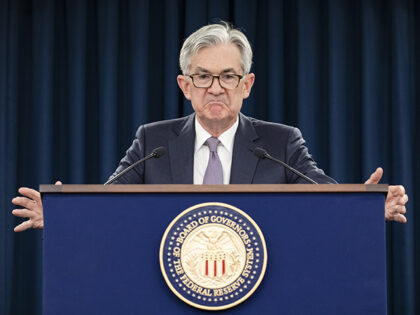
“The Committee does not expect it will be appropriate to reduce the target range until it has gained greater confidence that inflation is moving sustainably toward 2 percent,” the Fed said
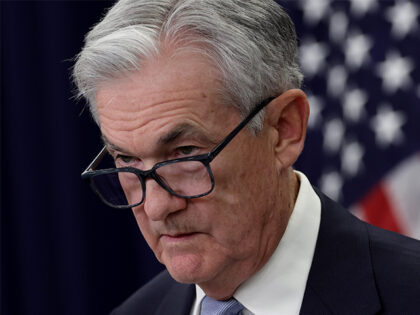
Even after adjusting for inflation, government workers saw their pay increase last year.
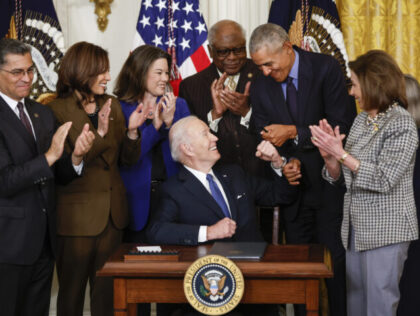
The payroll processing company ADP said its gauge showed monthly payrolls at American businesses grew by 107,000 in the first month of 2024.
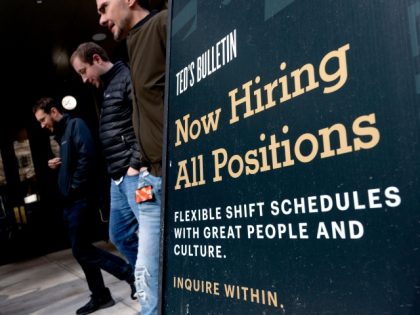
The Shaky Edifice of Improved Consumer Confidence Americans are feeling better about the economy than they have in years. Or at least Democrats are. Consumer confidence—as measured by the Conference Board’s monthly survey—surged to a two-year high in January, the

The labor market is not cooperating with the dominant narrative of cooling demand for workers.

Despite a record pace of Fed rate hikes, home prices kept rising in 2023.

Will the Fed defend the position it staked out in December or capitulate to the view of bond traders?
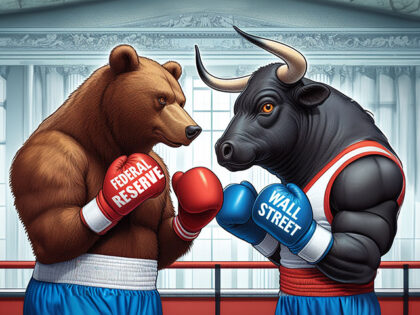
“Stagflation, increased commodity costs, labor costs and benefits to retain talented staff, political upheaval, border failure and dysfunction at the regulatory level [are issues affecting our business],” a Texas food manufacturer told the Dallas Fed.

The Federal Reserve has a lot less influence over business activity than is commonly thought.

The housing market in December got a much stronger-than-expected lift from falling interest rates, suggesting that sales may grow impressively this year. Pending home sales rose 8.3 percent last month, the National Association of Realtors said Friday. This was the

After a brief respite from rising prices in November, the personal consumption expenditure price index shows inflation picked up in December.
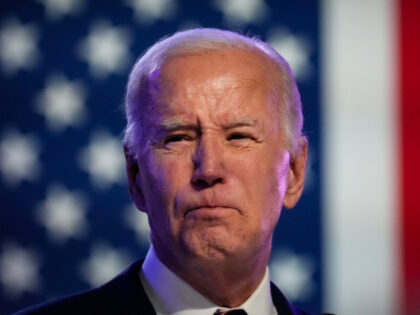
The Wall Street prognosticators got it all wrong.
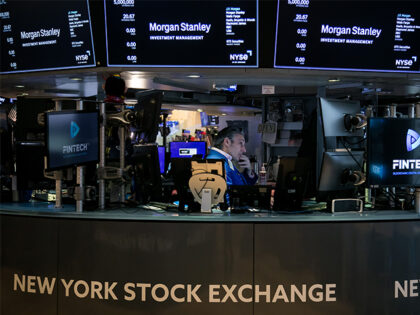
Sales of newly built homes in the U.S. surged by much more than expected as buyers were drawn in by falling interest rates, data from the Commerce Department indicated Thursday. New home sales rose 8 percent to an annual rate

The economy grew at a much faster pace than expected in the final months of 2023.

The economy is signaling that it does not need a rate cut to keep growing. The question is whether the Federal Reserve is listening.
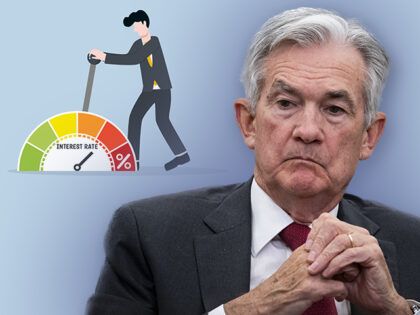
Who needs a Fed cut? The market is already loosening financial conditions.

The Federal Reserve’s plans to cut interest rates this year have run into a powerful headwind: excessive government spending.
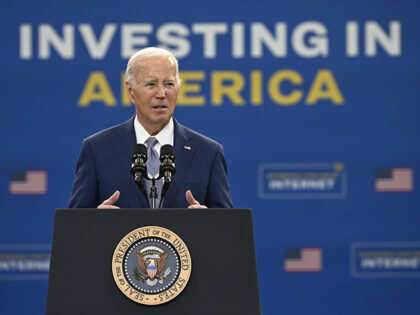
The market is slowly coming around to the view that the immediate threat to the economy is sticky or rising inflation and not a recession.
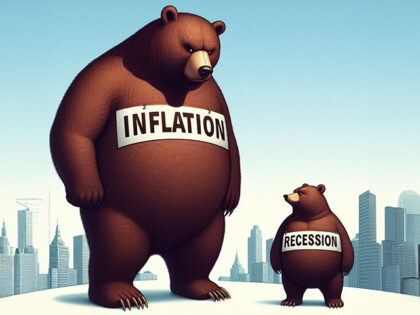
Although the Leading Economic Index is has slowed its decline, the numbers still point to a recession in the second and third quarters of this year.
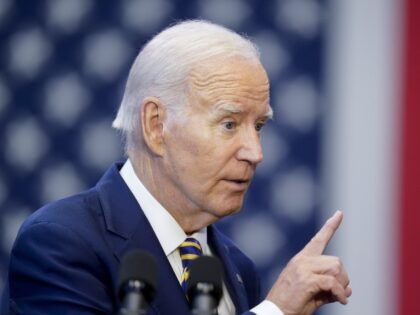
This week’s economic data very likely pushed the timing of a rate cut further out on the calendar.

Bidenflation drove interest rates up, making homes much harder to buy and sell.

Increasing Republican optimism about the presidential election helped fuel a sharp rise in consumer sentiment.
